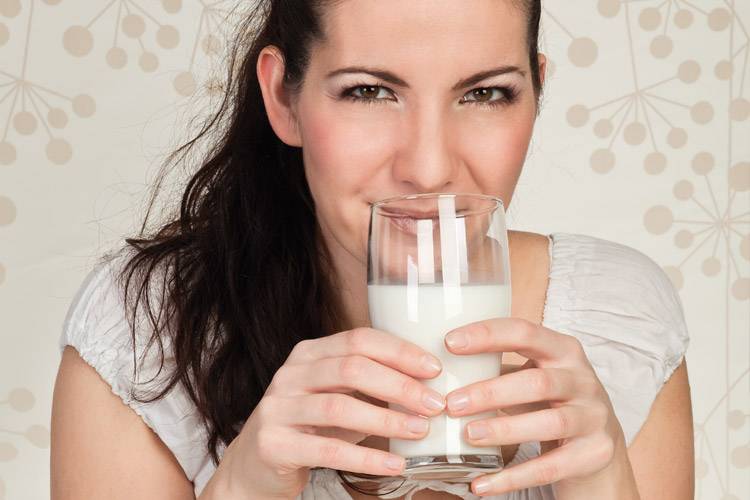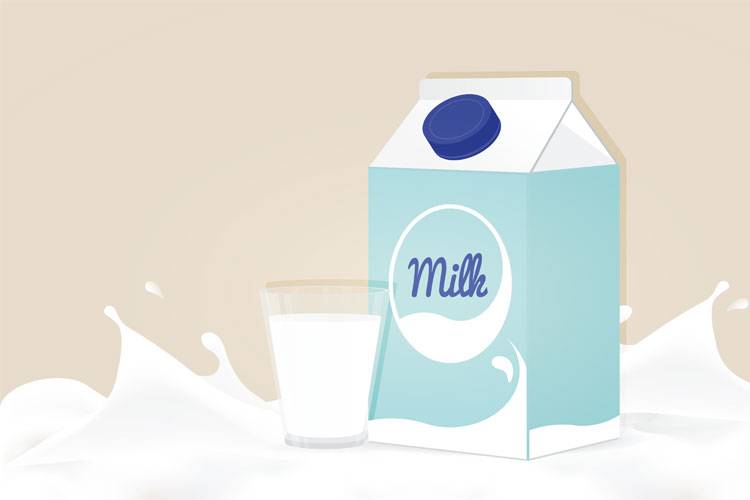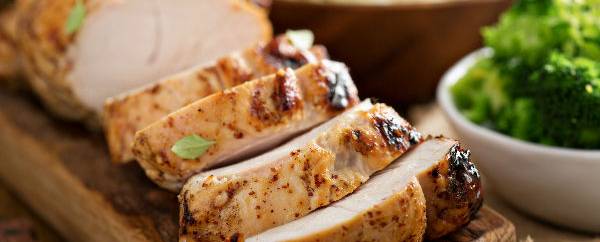Types of milk, properties and nutrients
Each Spaniard consumes on average 73 litres of milk a year, according to the latest “Report on the consumption of food in Spain 2015” published by the Ministry of Agriculture, Food and Environment. In fact, Spain is the fifth country in Europe in milk consumption, after Finland, Sweden, Ireland and Holland.

fresh food
Share

Since ancient times, man has used cow's milk, goat's milk and sheep's milk as food, although in Spain the most commonly consumed is cow's milk. Its major component is water, while the other components such as proteins, fat, minerals and vitamins are found in lesser amounts and vary considerably depending on the animal it comes from.
According to data extracted from the report "50 Years of milk consumption in Spain" made for Tetra Pak, the main milk consumers are households with children, who mainly choose whole milk, although it has been observed that, more and more often, several types of milk can be found side by side in refrigerators: semi-skimmed or skimmed milk with enriched milk.
Why do we drink milk?
Concern for health and well-being is the main element that consumers have in mind when choosing one dairy product over another. In this sense, milk is considered a health food by consumers. For this reason, they also seek out enriched dairy products, such as milk with calcium and Omega 3, as well as lactose-free milk.
Concern about body image is the second major factor when choosing which milk to drink. It is significant that semi-skimmed and skimmed milk together already far exceed the consumption of whole milk, at 73.58% as compared to 26.43%.
Enjoyment or satisfaction as regards the flavour is given as the third most important reason. At this point the shakes or milk with fruit juices stand out. The household budget is also a fact to consider when choosing a product, although milk offers such a wide range that it can be adapted to different budgets.
Food safety is another reason for consuming milk. The UHT treatment of milk, which has existed for over 40 years, has proven to be the most reliable way to safely preserve the properties of this liquid food for longer.

10 reasons to drink milk
1. For most people, it represents a basic source of nutrients and energy during the distinct stages of their lives.
2. From a nutritional point of view, it is a staple food within the framework of a balanced diet, since it contains numerous nutrients essential for the health and well-being in relatively high amounts.
3. Its high nutritional density makes it a balanced food and easily incorporated into diets of all kinds.
4. It provides proteins of high biological value and is the main dietary source of calcium, not only because of its high content in this mineral, but also because of its high bioavailability, enhanced by other components such as vitamin D or phosphorus.
5. The widespread consumption of this food as a result of advances in industrialisation and R & D & I have contributed decisively to improving the health status of the population.
6. Including milk as a basic part of a varied and balanced diet in the context of a healthy lifestyle is key to maintaining an adequate nutritional balance that has a positive impact on health and well-being.
7. Considering the specific nutritional requirements for each population group, different studies show that the overall nutritional intake of the Spanish is uneven, with deficiencies of certain nutrients and higher intakes than those recommended for others.
8. The adaptation of milk to the different nutritional requirements of each stage of life and particular physiological needs represents an opportunity to improve nutrition, since it can be modified to ensure we get the recommended daily intake of its nutrients.
9. The inclusion of milk-based drinks adapted to specific diets for population groups, who do not ingest the recommended daily amounts of nutrients through other foods, means it is a practical and useful aid, besides being easy and scientifically proven, to improve the diet and consequently their health and quality of life.
10. Milk, due to its physical and chemical characteristics, is an ideal vehicle to promote an adequate intake of certain nutrients such as Omega-3, polyunsaturated fatty acids (PUFAs), vitamin D or calcium, currently deficient in the diet of the Spanish population.
Source: TetraPak

Turkey: low in fat, but rich in flavour!
Read more
Turkey: low in fat, but rich in flavour!






